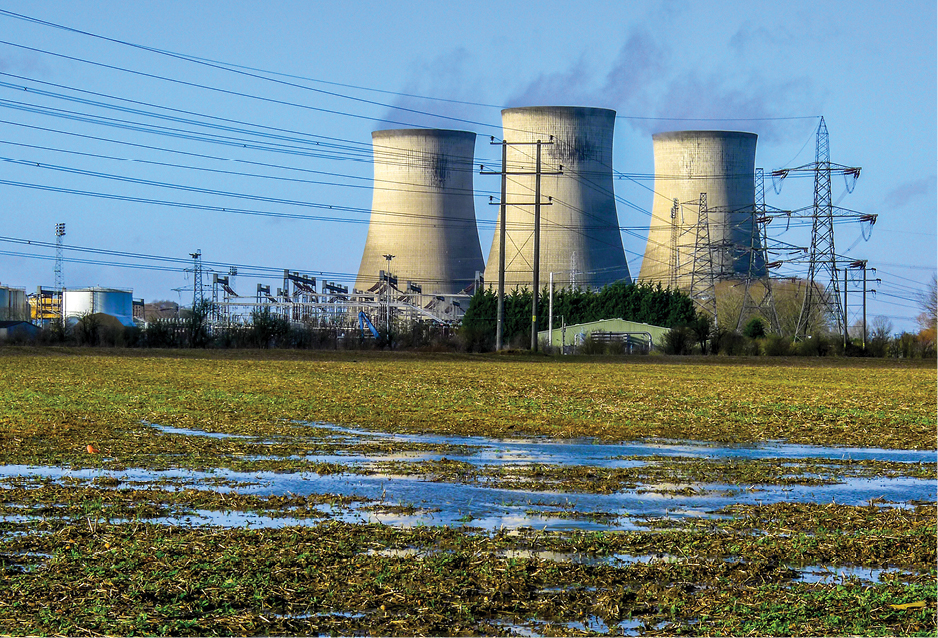
UPDATE: On April 15th 2019, EPA announced that it would not protect surface waters contaminated with pollution that first moves through groundwater.
EPA and states have required permits for this type of pollution for decades and it’s reckless to reverse course now. It makes no sense for the Clean Water Act to cover pollution dumped from a pipe into a river, but not pollution that flows through groundwater into that same river.
This decision is a handout to heavy polluting industries and will create a dangerous new loophole in the Clean Water Act. EPA must continue to hold industries accountable for dumping chemicals and other pollutants into groundwater that contaminates our nation’s rivers, lakes, and bays.
EPA wants to make it easier for polluters to poison our nation’s water.
Trump's EPA is out to please its industry allies at the expense of public health and the environment. One of the latest assaults is on the Clean Water Act’s coverage of pollution that flows into lakes, rivers, and bays through groundwater.
Current law requires polluters to be held accountable when chemicals or other pollutants they dump in groundwater flow into surface waters. Polluters want to create a loophole in the Clean Water Act to change this. EPA should immediately withdraw its ridiculous scheme and instead work to protect communities from harmful water pollution.
Across the country, fossil fuel companies, petroleum pipeline companies, and coal-burning utilities have been facing liability in courts for polluting water with gasoline, diesel, and heavy metals — and losing case after case. Most federal courts have ruled that the Clean Water Act is clear — it bans unpermitted dumping of pollution from a pipe or other point source to river, lake, or bay, including when the pollution flows through connected groundwater before reaching surface water.
That’s because it doesn’t make sense for the Clean Water Act to cover pollution dumped from a pipe into a river, but not pollution that flows through groundwater into that same river.
Not only is it illegal for polluters to dump chemicals or other pollutants into groundwater that is connected to a river or stream without a permit, EPA has no authority to create a polluter loophole that does not exist in the language of the Clean Water Act. Congress included no such exemption because in order to “restore and maintain the chemical, physical, and biological integrity of the Nation’s waters,” all connected waters must be protected from harmful pollution.
In early 2019 the Trump administration asked the Supreme Court to decide whether or not the Clean Water Act applies to pollution that flows through groundwater before entering a federally regulated water body. In its brief to the Court, the Department of Justice said EPA is expected to take action on this issue “within the next several weeks.” In February 2018, EPA requested public comment on this issue, but has yet to release a formal guidance or proposal to change the agency’s long-standing position that the Clean Water Act should be broadly interpreted to protect federal waters that could be polluted through groundwater.
Clean Water Action is tracking this issue closely and will continue to push back against any attempts to exempt Clean Water Act coverage of pollution that flows into lakes, rivers, and bays through groundwater.
